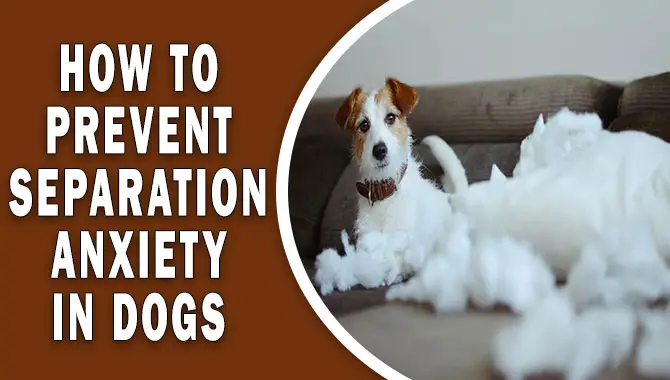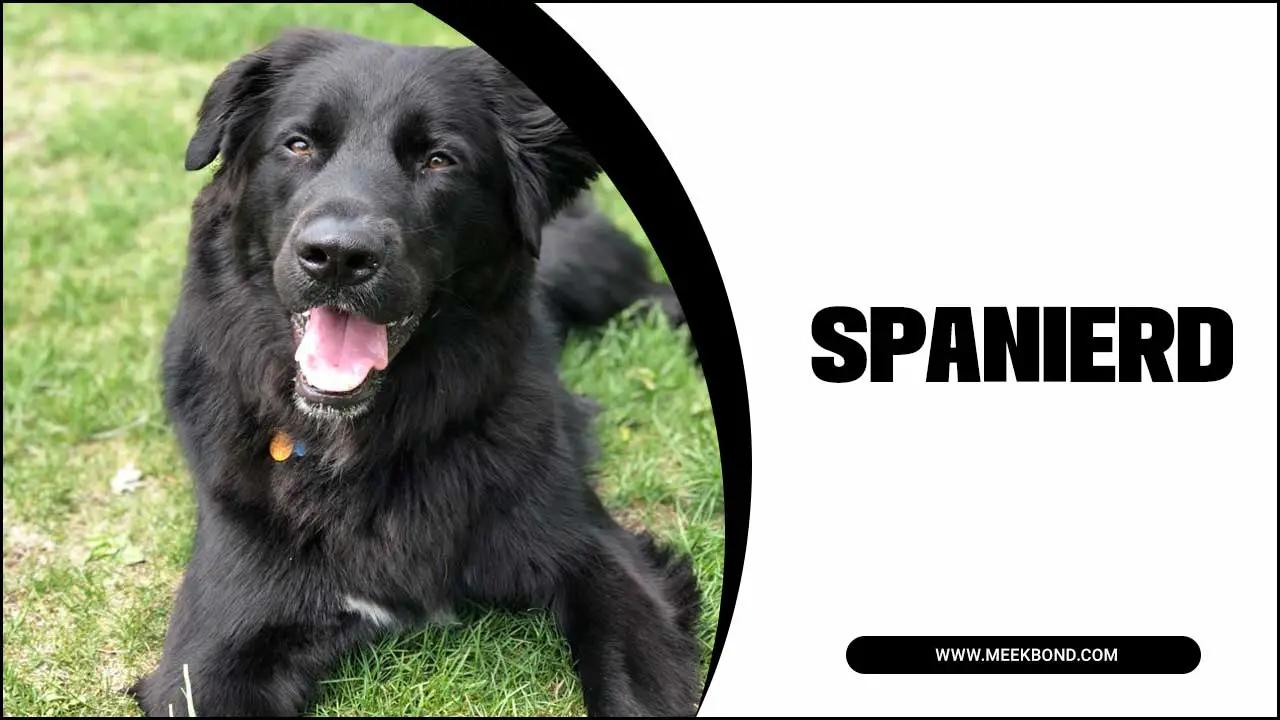As pet owners, we all love our furry companions dearly and strive to provide them with the best possible care. However, some dogs can suffer from anxiety and fear, leading to problematic behavior, making it hard for us to give them the care they need.
Dealing with a fearful dog can be frustrating and challenging. It requires patience, time, and effort to help your dog overcome their fears. But rest assured. We will provide a comprehensive guide on how to deal with a fearful dog.
However We will discuss the reasons behind their fear, the signs to look for, and the methods you can use to help them overcome their fear. We will also cover the importance of early detection and treatment, the role of positive reinforcement, and how to create a safe and comfortable environment for your dog.
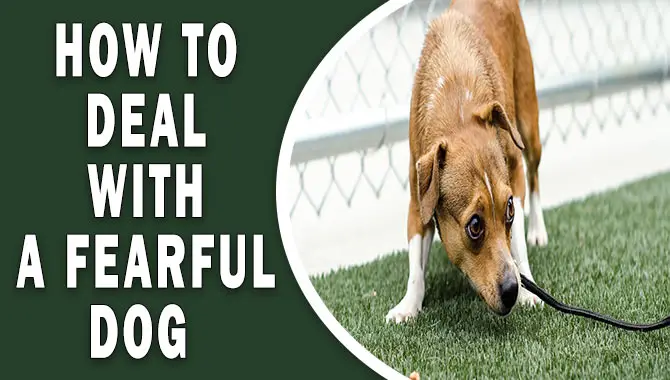
Tips For Owners How To Deal With A Fearful Dog
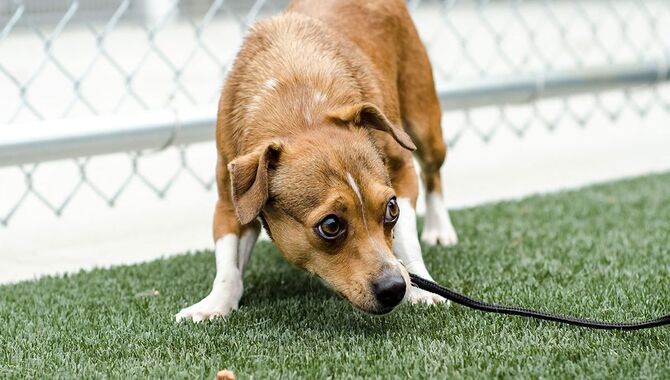
Owners of nervous dogs know how difficult it is to deal with a fearful dog’s unpredictable behavior. Recognizing the signs of fear and creating a safe space are crucial first steps towards counterconditioning.
Positive reinforcement techniques incorporating favorite treats or toys are great ways to boost your dog’s confidence while desensitizing them to scary experiences and new people or dogs. Please seek professional help if you notice any sign of phobias or are unsure how to proceed. Here are some tips for how to deal with a fearful dog:
1. Identifying The Causes Of Fear In Dogs

To tackle a fearful dog’s behavior problem effectively, it’s essential to identify its root cause first. Causes can be many, ranging from past traumas to lack of socialization. Common signs like trembling or hiding indicate anxiety in dogs.
Forcing them to confront their fears can worsen the situation. Instead, opt for positive reinforcement using treats or toys while training with a leash and collar. Desensitization techniques are also useful and involve introducing scary things gradually at safe distances until they become less scary.
2. Socialization And Early Training
To dealing with a fearful dog, socialization and early training are key. Socialization involves exposing your dog to a variety of people, animals, and environments from an early age, which can help them feel more comfortable and confident in different situations. Early training can also help dogs develop good behavior habits and learn how to cope with stressful or scary situations.
If you have adopted a fearful dog or are working with a rescue organization, it’s important to prioritize socialization and training as soon as possible. This may involve enrolling in obedience classes, hiring a trainer, or simply spending time with your dog in different environments and introducing them to new people and animals.
Being patient and gentle with your fearful dog is important, as they may need extra time and support to feel comfortable in new situations. With consistent socialization and training, however, many dogs are able to overcome their fears and become happy, well-adjusted pets.
3. Effective Training Techniques For Fearful Dogs
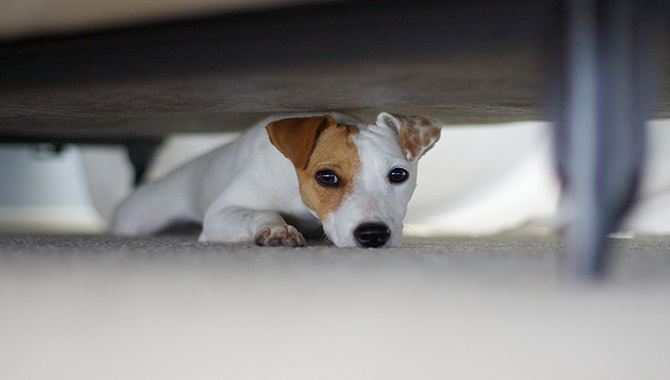
Creating a safe and comfortable environment is the first step towards helping your nervous pup deal with fear of strangers or phobias. Positive reinforcement methods like treats or praise are a great way to boost your dog’s confidence and promote good behavior.
To counter condition your fearful dog’s fear response to thunder or shaking around unfamiliar people or other dogs, use desensitization techniques at a safe distance. Always seek guidance from an animal behaviorist to be the best advocate for your furry friend.
4. Positive Reinforcement Methods For Behavior Modification
When dealing with a fearful dog, positive reinforcement methods can be a powerful tool for behavior modification. These methods involve rewarding desirable behaviors and ignoring or redirecting undesirable ones.
One effective approach is to use treats or praise to reinforce calm and confident behavior, while avoiding punishment or negative reinforcement, which can actually increase fear and anxiety. Another helpful technique is to gradually expose the dog to the stimuli that trigger their fear, in a controlled and gradual manner.
This can help them build up confidence and overcome their fears over time. With patience, consistency, and plenty of love, positive reinforcement methods can help turn a fearful pup into a happy and well-adjusted companion.
5. Building Trust And Confidence In Your Dog
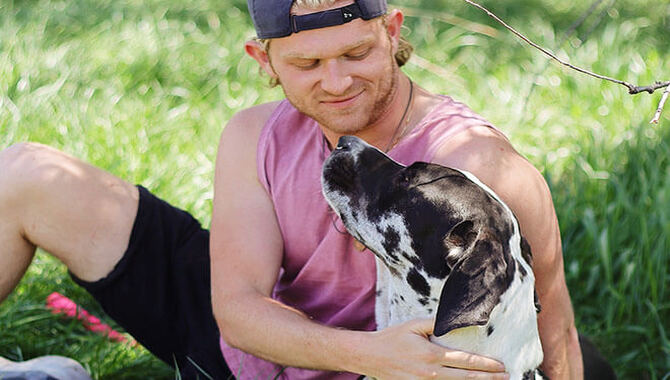
Dealing with a fearful dog can be a challenge, but building trust and confidence in your pet is key to helping them overcome their fears. One of the most important things you can do is to create a safe and secure environment for your dog. This includes providing a comfortable space where they feel relaxed and at ease, as well as avoiding situations that may trigger their anxiety.
Another way to build trust and confidence in your dog is through positive reinforcement training. Rewarding good behavior with treats and praise can help your dog associate positive experiences with certain situations or stimuli, which can ultimately help them overcome their fears.
It’s important to remember that this process takes time and patience, so don’t get discouraged if progress is slow. In addition to these strategies, seeking the advice of a professional trainer or behaviorist may also be beneficial for dealing with a fearful dog. With the right support and guidance, you can help your furry friend feel more confident and secure in the world around them.
6. Creating A Safe And Calm Environment For Your Dog
Dealing with a fearful dog can be a challenging experience, but creating a safe and calm environment for your pet can help ease their anxiety. Start by providing a comfortable and secure space for your dog, such as a cozy bed or crate. This will give them a place to retreat to when they feel overwhelmed.
Additionally, try to minimize loud noises and sudden movements in the home, as these can trigger fear responses in dogs. Consider using calming aids such as pheromone sprays or diffusers, which can help promote relaxation and reduce stress levels.
Being patient and understanding with your fearful dog is also important, as they may need extra time and reassurance to feel comfortable in new situations. With patience, consistency, and a safe environment, you can help your fearful dog feel more at ease and confident in their surroundings.
7. Managing Your Dog’s Fear Triggers

Identifying and managing your dog’s fear triggers is crucial in dealing with a fearful dog. Gradual exposure to scary experiences and people can help your pup overcome phobias.
Counterconditioning the negative experience with a positive association like their favorite treat or toy does wonders for a nervous dog’s confidence. Consulting a professional trainer or animal behaviorist is the first step towards modifying your dog’s fearful behavior.
8. Dealing With Separation Anxiety In Dogs
Coping with separation anxiety in fearful dogs can be daunting for pet parents. Start by gradually increasing the time you spend away from your furry friend while ensuring they are mentally stimulated with interactive games and puzzle toys during your absence.
Crate training can also provide a safe space for your pup. Seeking advice from a trusted veterinarian or professional dog trainer is always the best way forward if separation anxiety persists.
9. Seeking Professional Help For Fearful Dogs
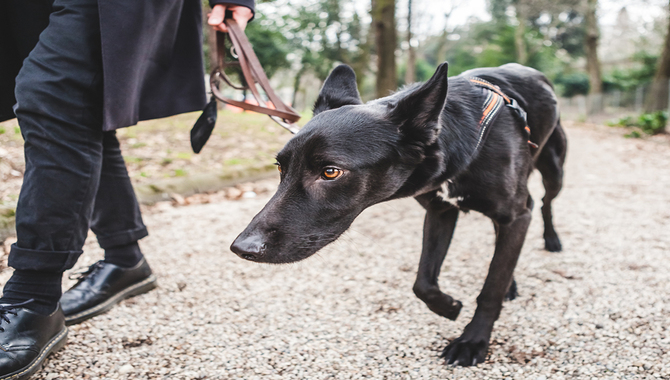
Dealing with a fearful dog can be a challenging and emotional experience for pet owners. While there are many tips and techniques that can help calm a fearful dog, seeking professional help is often the best course of action.
A trained veterinarian or animal behaviorist can assess your dog’s specific needs and develop a customized plan to help them overcome their fears. They may recommend behavioral therapy, medication, or other interventions that can help your dog feel more comfortable and confident in their surroundings.
It is important to remember that fear in dogs is a common issue, but with the right help and support, it can be managed effectively. Don’t hesitate to reach out to a professional if you are struggling to help your fearful dog.
10. Training Techniques For Fearful Dogs
Dealing with a fearful dog can be a challenging experience for any pet owner. Fortunately, there are several training techniques that can help your furry friend overcome their fears and anxieties. One effective method is counter-conditioning, which involves pairing the fear-inducing stimulus with something positive, such as treats or praise.
This can help to create positive associations and reduce the fear response over time. Another technique is desensitization, which involves gradually exposing your dog to the fear-inducing stimulus in a controlled and safe manner. This can help them build up their tolerance and confidence in dealing with the situation.
It’s important to remember that each dog is unique, so it may take some trial and error to find the right training approach for your furry friend. Consult with a professional trainer or behaviorist for additional guidance and support in helping your fearful dog overcome their fears.
11. Managing A Fearful Dog In Stressful Situations

Managing a fearful dog in stressful situations can be a challenging task for any pet owner. Fearful dogs may become anxious, aggressive, or try to escape when faced with unfamiliar or stressful situations.
To help your dog cope with these situations, it is important to create a safe and comfortable environment for them. This may include providing a cozy den-like space where they can retreat to when they feel overwhelmed.
Additionally, positive reinforcement techniques such as treats, praise, and toys can be used to help your dog associate these stressful situations with positive experiences. It’s also important to gradually expose your dog to the situation that causes fear in a controlled and supportive manner.
Seeking the help of a professional dog trainer or behaviorist may also be beneficial in managing a fearful dog. With patience, consistency, and proper training techniques, you can help your furry friend overcome their fears and live a happy, stress-free life.
Conclusion
Dealing with a fearful dog can be challenging and requires patience, training, and understanding. Socialization, early training, positive reinforcement, and building trust are all crucial in helping your dog overcome their fears.
Managing their environment and triggers can also help reduce stress and anxiety. In addition, seeking professional help from a veterinarian or certified dog behaviourist can provide further support.
With the right approach and dedication, you can help your fearful dog become more confident and comfortable in stressful situations. Remember to be patient, consistent, and understanding, and prioritize your dog’s well-being above all else.
With time and effort, you can help above mentioned on how to deal with a fearful dog that your dog build confidence and trust and strengthen the bond between you and your beloved pet.
Fequently Asked Questions
How Do I Help A Fearful Dog?
To assist a fearful dog, identify the source of their fear and remove it from their surroundings. Use positive reinforcement and gradual exposure to desensitize them. Create a secure haven for them to retreat when anxious. If necessary, seek assistance from a vet or animal behaviorist for severe cases of fear.
How Do You Get A Scared Dog To Trust You?
Gaining a scared dog’s trust requires patience and positive reinforcement. Avoid direct eye contact, give space, and establish a routine with treats and praise. If needed, consult a professional trainer or behaviorist for assistance in building a bond.
How Do You Calm A Skittish Dog?
To calm a skittish dog, approach them slowly and calmly without sudden movements or loud noises. Use a soothing voice and gentle petting to reassure them. Create a safe space or den where they can retreat when anxious. Consistent routine and positive reinforcement training also help reduce skittish behavior.
What Causes Extreme Fear In Dogs?
There are various reasons for extreme fear in dogs such as genetics, lack of socialization, trauma, or medical issues. Signs of fear include shaking, panting, hiding, aggression, and barking. Positive training approaches and professional help from certified trainers may be necessary to address severe cases of fear.
What Are Some Common Signs That A Dog Is Fearful Or Anxious?
Dogs may exhibit trembling, panting, excessive barking, hiding, or cowering as signs of fear or anxiety. Aggression may also indicate fear in dogs. Recognizing these behaviours can help provide extra care and attention to your furry friend.

Aquarium passion is all about connecting with the aquatic life and providing education to the public on the importance of these creatures. We showcase a wide variety of marine life through our exhibits as well as working with schools to provide unique learning opportunities for students of all ages.

